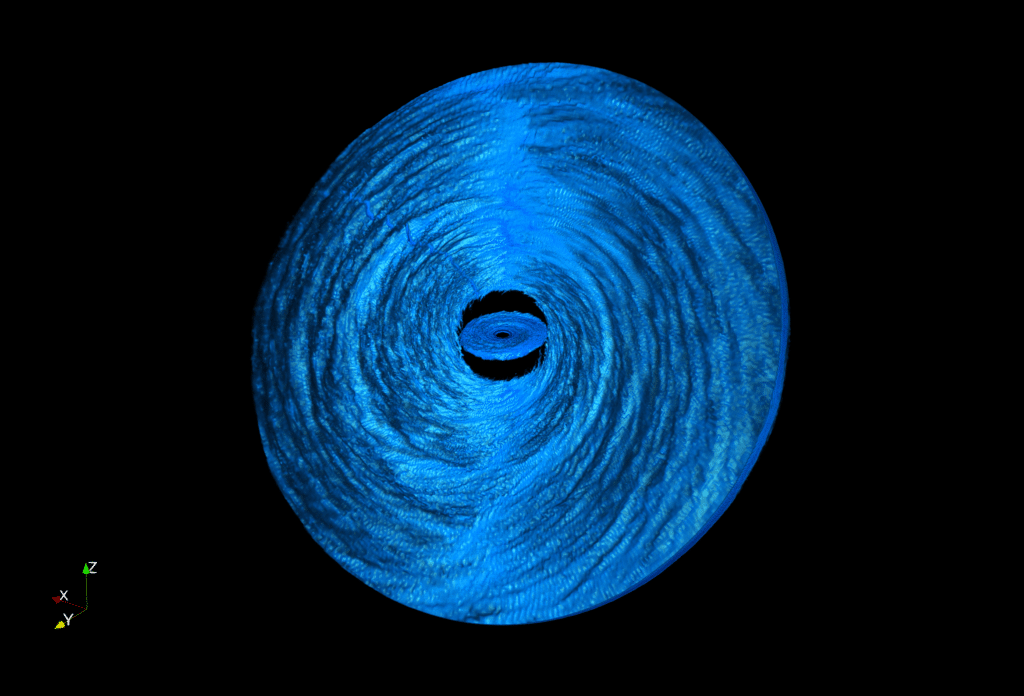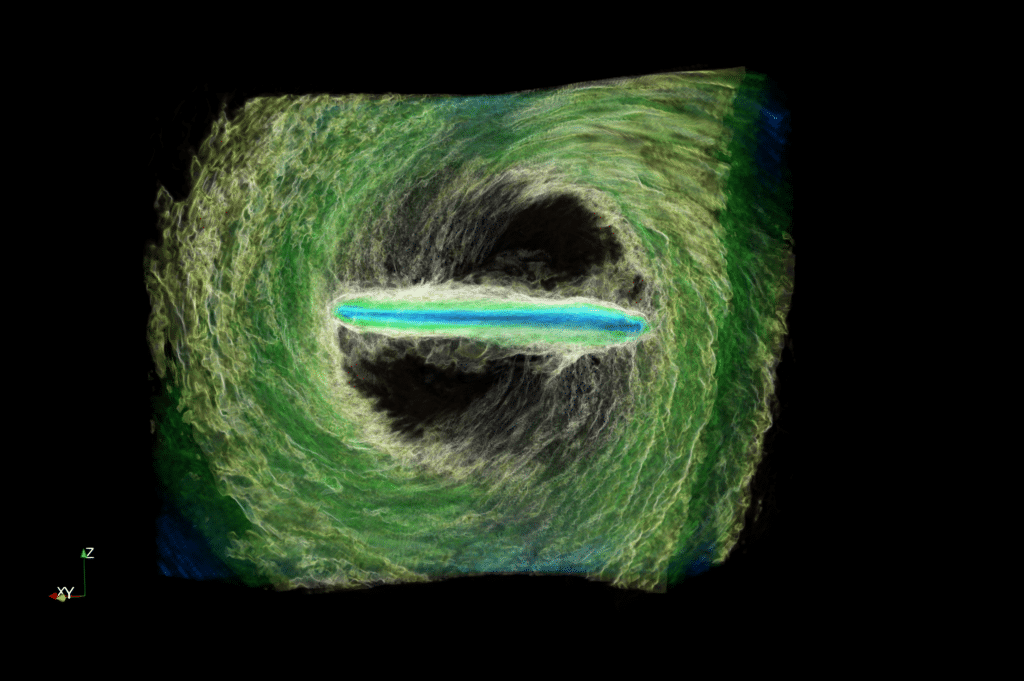Northwestern University Researchers Debunk Long-Standing Theories About Black Hole Behaviors, Providing Insight into Night Sky’s Brightest Objects
New insights into the feasting pace of supermassive black holes is reshaping astrophysicists’ understanding of the cosmic entities. Research reveals black holes consume matter at astonishing speeds, contrasting with the previously assumed slow intake.
This groundbreaking research, spearheaded by Northwestern University graduate student Nick Kaaz, provides pivotal insights that could decipher the perplexing behavior of some of the universe’s most luminous objects, including quasars.
Black holes are regions in space where gravity is so intense that nothing, not even light, can escape. Surrounding them are accretion disks, essentially swirling whirlpools of gas and particles, that gradually feed material into the black holes. Quasars are ultra-bright and energetic areas in space, powered by black holes consuming material from these accretion disks.
The study, published in The Astrophysical Journal, has employed one of the world’s most powerful supercomputers, Summit, located at Oak Ridge National Laboratory, for high-resolution 3D simulations. These simulations have unveiled that spinning black holes disrupt space-time around them, causing the accretion disk to split into inner and outer subdisks, with black holes rapidly devouring the inner ring before moving on to the outer subdisk.
Contrary to previous belief that black holes consume matter over hundreds to thousands of years, Kaaz’s team discovered that one cycle of eating and refilling could take merely months. “Classical accretion disk theory predicts that the disk evolves slowly,” Kaaz says in a statement, highlighting that the newly observed rapid variations could not be explained by conventional theories.
“Some quasars — which result from black holes eating gas from their accretion disks — appear to drastically change over time scales of months to years. This variation is so drastic,” Kaaz continues. “It looks like the inner part of the disk — where most of the light comes from — gets destroyed and then replenished. Classical accretion disk theory cannot explain this drastic variation. But the phenomena we see in our simulations potentially could explain this. The quick brightening and dimming are consistent with the inner regions of the disk being destroyed.”

Black hole simulations ‘drastically changes’ prior theories
Previously, it was presumed that accretion disks were orderly, with particles spiraling into the black hole slowly. However, the Northwestern-led model, considering gas dynamics, magnetic fields, and general relativity, reveals a chaotic and turbulent surrounding, fundamentally altering the existing viewpoint.
Kaaz remarks, “For decades, people made a very big assumption that accretion disks were aligned with the black hole’s rotation,” adding that changing this alignment perspective “drastically changes the picture.”
The conducted simulations detailed how black holes, being extreme gravitational entities, distort space-time when rotating—a phenomenon termed frame-dragging. This causes the accretion disk to wobble and eventually break into inner and outer subdisks, each evolving independently, challenging the earlier notion of a smoothly rotating disk.
When the outer and inner subdisks interact, the outer one shaves layers off the inner one, pushing it towards the black hole to be consumed, and then gravity pulls gas from the outer region to refill the inner region.
Implications on Quasars
The newfound rapid consumption cycle offers a plausible explanation for “changing-look” quasars—quasars that exhibit dramatic variations in brightness over short durations, something conventional theory couldn’t account for.
Quasars emit energy thousand times more than our galaxy. “The inner region of an accretion disk, where most of the brightness comes from, can totally disappear—really quickly over months,” adds Kaaz, suggesting that the observable fluctuations in brightness of quasars align with the phenomena discovered in their simulations.
This research not only illuminates the enigmatic behaviors of black holes and quasars but also poses vital questions about the fundamental nature of these celestial entities.
“How gas gets to a black hole to feed it is the central question in accretion-disk physics,” says Kaaz. Understanding these dynamics can unveil crucial details about the longevity, brightness, and observable light from these phenomena, aiding in our cosmic exploration.












